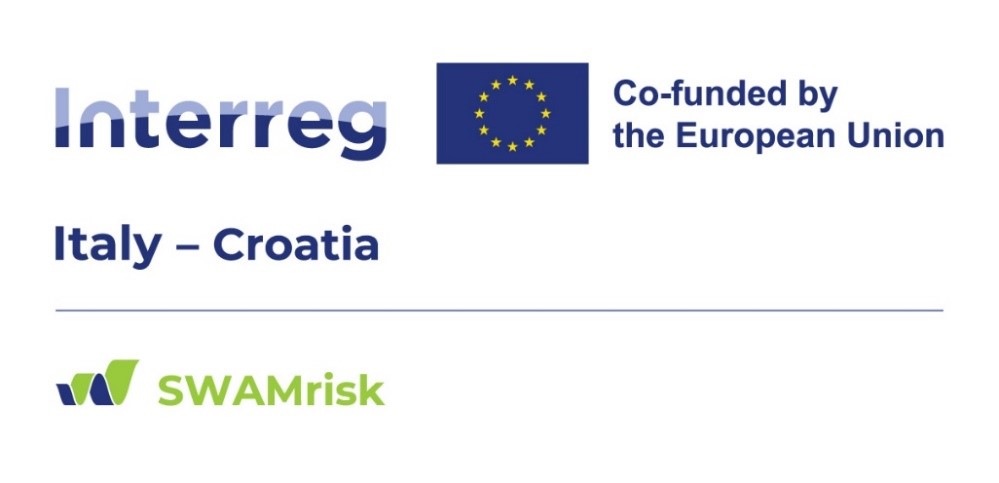
SWAMrisk - Subsurface WAter monitoring and Management to prevent drought risk in coastal systems
Program: Interreg Italy Croatia 2021.-2027.
Lead partner: University of Split, Faculty of civil engineering, architecture and geodesy
Project partners: Veneto Region, M3e SRL,Regional Development Agency Dubrovnik-Neretva County - DUNEA, Croatian waters, AEQUUM d.o.o., Land Reclamation Authority Adige Euganeo, Consiglio Nazionale delle Ricerche – CNR
Project manager: doc. dr. sc. Veljko Srzić
Project start: 01.04.2024.
Project end: 30.09.2026.
Project budget: 2.194.420 €
EU co-financing: 1.755,536 €
FGAG budget: 537.560,00 €
Web page: https://www.italy-croatia.eu/web/swamrisk
Climate changes induced droughts are relevant up to date problems, affecting overcrowded, tourism oriented coastal areas at the Adriatic Sea. Sustainable agriculture in coastal areas relies on the assumption - availability of water of appropriate quality which is identified as a high demanding challenge.
Due to the climate induced changes primarily identified in:
- sea-level rise,
- absence of precipitation
- increase in air temperature,
- changes in natural hydrological regimes and
- changes of Adriatic Sea thermohaline properties, sustainable water management in coastal ecosystems becomes even more challenging.
Relying on the climate change predictions and forecasting, reduction of available water quality and quantity emphasize the need for additional effort to be given to climate change awareness and adaptation as well as improvements in resilience of coastal ecosystems to climate change impacts which is the SWAMrisk overall objective.
SWAMrisk selected two study coastal areas (1 IT; 1 CR) located between the Venice Lagoon and Po River delta in Italy, and the Neretva River delta in Croatia. These areas are particularly sensitive to the climate change, especially by the simultaneous occurrence of droughts and saltwater intrusion.
SWAMrisk outputs are based on the systematic WP definition and cover for:
- “Hydro-cloud” database, which provides comprehensive data of two project sites, and represents a best practice and novel approach to make data available to broad interest groups and research institutions;
- novel risk assessment approaches will be established based on comprehensive in situ investigations and modelling activities at the coastal system scale;
- adaptation plans for climate change droughts. Short-term plans cover guidelines and technical rules for the operational and effective water management while long-term plans cover climate change effects, water demand projections, projections of available groundwater from the subsurface on and offshore and guidelines for its exploitation and use.